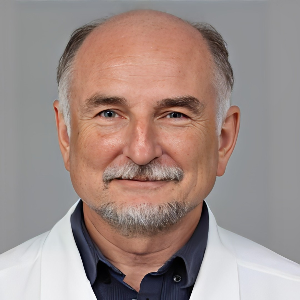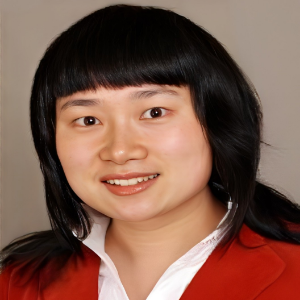One of the main challenges in the administration of therapeutic medications is the targeted localization of maximum therapeutic concentrations to the Cellular/Subcellular Site of action in pathologically damaged tissues. Small molecule drugs frequently have a wide range of side effects, lack tissue and organ selectivity, leave the body quickly in vivo, and are especially harmful when combined with chemotherapy. One of the most promising answers to this problem recently has been the use of medicine delivery systems (DDS). In recent years, cell-mediated DDS has come to be recognised as a potential remedy for the aforementioned problems. The advantages of the recently developed therapy branch known as cell-mediated DDS include extending the duration of circulation, reducing cellular and tissue toxicity, and enabling personalised distribution. One example of this are small molecule drugs. One of the main methods for treating cancer is with small molecule drugs. Chemotherapy, which until recently was the only option for treating cancer, has a high level of toxicity and side effects since it cannot tell the difference between cancer cells and healthy cells. The way that cancer is treated has changed significantly over the past 20 years, moving away from broad-spectrum cytotoxic medications and toward tailored therapy. Targeted medications, as opposed to conventional chemotherapy treatments, promise great efficiency and minimal toxicity by selectively eliminating cancer cells while protecting healthy cells. Cancer-targeted therapy can be divided into two basic categories: small compounds and macromolecules/biologics (e.g., monoclonal antibodies, polypeptides, antibody-drug conjugates, and nucleic acids).

Vladlen Slepak
University of Miami Miller School of Medicine, United States
Yong Xiao Wang
Albany Medical College, United States
Consolato M Sergi
Universities of Alberta and Ottawa, Canada



Title : The impact of metal-decorated polymeric nanodots on proton relaxivity
Paulo Cesar De Morais, Catholic University of Brasilia, Brazil
Title : Hepatotoxic botanicals-shadows of pearls
Consolato M Sergi, Universities of Alberta and Ottawa, Canada
Title : Exploring classical ayurvedic drugs in hypertension
Prashant Bhokardankar, Datta Meghe Ayurved College, India
Title : Principles and standards for managing healthcare transformation towards personalized, preventive, predictive, participative precision medicine ecosystems
Bernd Blobel, University of Regensburg, Germany
Title : Personalized and Precision Medicine (PPM) as a unique healthcare model based on design-inspired biotech- & biopharma-driven applications to secure the human healthcare and biosafety
Sergey Suchkov, N.D. Zelinskii Institute for Organic Chemistry of the Russian Academy of Sciences & InMedStar, Russian Federation
Title : Antibody proteases as translational tools of the next step generation to be applied for biopharmacy related and precision medical practice
Sergey Suchkov, N.D. Zelinskii Institute for Organic Chemistry of the Russian Academy of Sciences & InMedStar, Russian Federation
Title : Easily injectable, organic solvent free self assembled hydrogel platform for endoscope mediated gastrointestinal polypectomy
Hitasha Vithalani , IIT Gandhinagar, India
Title : Cognitivevoice: Novel machine learning model leveraging acoustic features to predict future cognitive decline in Parkinson’s Disease
Aadya Daga, Hamilton High School, United States
Title : Platelet-activating factor-receptor pathway mediates solar radiation-induced extracellular vesicle release in human keratinocytes
Ravi P Sahu, Wright State University, United States